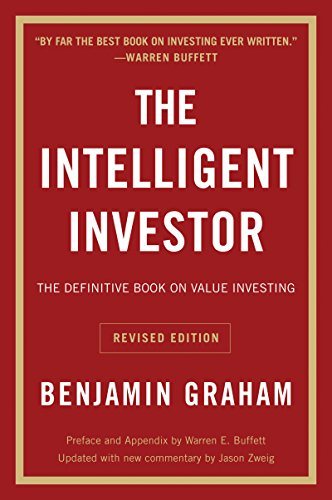
# The Complexities of Hot IPOs: Perspectives from Sector Experiences
In the Equities divisions of esteemed financial institutions like Goldman Sachs and Credit Suisse, the thrill surrounding sought-after Initial Public Offerings (IPOs) is unmistakable. The preparation for launching an IPO includes comprehensive planning, featuring management roadshows where corporate leaders engage with institutional investors. These roadshows typically involve one-on-one discussions with the largest investors; however, when demand is exceptionally high, many clients may only be granted access to group events, such as luncheons or breakfasts.
After management wraps up their meetings, institutional clients express their interest in shares. As the lead book runner facilitating the IPO, the task of determining allocations becomes crucial and intricate. This process resembles assembling a wedding guest list on a limited budget—discriminating and often contentious.
## Allocation Issues and Client Responses
Disagreements over allocations are frequent, as not every client secures their desired amounts. Some clients might end up with no shares at all due to minimal transactions with the firm or a reputation for quickly liquidating shares for profit, a tendency among smaller hedge funds. Conversely, major players such as Capital Group, Fidelity, and BlackRock, who show significant business involvement, can obtain allocations considerably above average—30% to 70% of their requests, even in highly oversubscribed situations.
When trading starts, institutional investors frequently observe an immediate rise in the value of their assets. This scenario typically benefits wealthier clients who contribute significantly to fee revenues. Their large allocations, together with favorable trading circumstances, result in remarkable returns.
### The Challenging Realities for Retail Investors
For retail investors, trying to secure a meaningful allocation in a highly coveted IPO is largely in vain. Lacking significant wealth or industry connections, their chances are minimal. Consider the case of Figma (FIG), which garnered $1.2 billion and drew immense demand. The IPO was oversubscribed by forty times, leading to average allocations that often fell markedly short of requests—many retail clients received only 2.5% or even less.
To illustrate, an investor who asked for 1,000 shares might find themselves with just a single share. This disheartening experience resonates throughout the retail investing arena as many leave feeling disregarded and undervalued.
## Performance on IPO Launch Day and Market Responses
Figma’s IPO illustrated the volatility accompanying such high-demand events. The stock soared on its first trading day, closing at $122 per share—a 333% increase. The expectation of robust market performance fuels institutional investors’ interest, persuading book runners to allocate shares judiciously in line with clients’ prospective business value.
This approach of prioritizing significant clients can result in substantial financial rewards—an investor obtaining a $10 million allocation could potentially see returns rise to $27 million within a single day. Such disparities underline the competitive landscape of IPO investing.
### The Hype and Dangers for Late-Stage Investors
Despite the initial climb in share prices, retail investors entering the market after the IPO do so at considerable risk. With share prices trading at inflated valuations—like Figma’s ~600 times forward earnings—retail investors struggle to justify their investments amid volatile market sentiment.
A situation where an investor purchases shares post-IPO only to see a subsequent decline exemplifies the unpredictability of investing driven solely by hype. As the market evolves, those who wait until public trading starts often find the advantages enjoyed by early investors diminish.
## The Movement Towards Private Investing
There’s a growing trend of companies remaining private for extended periods, effectively generating more value for private investors before opening to public investment. Previous examples, such as Google’s IPO, demonstrated the potential benefits of investing during earlier, private stages. Nowadays, private companies frequently attract lucrative investor participation from venture capital funds, a domain where access is increasingly competitive.
Investors not categorized as accredited often find themselves excluded from private investment chances, necessitating a reassessment of how to accumulate wealth outside the public markets.
### Advocating for Private Investments for Strategic Advancement
For those aiming for closer involvement with promising enterprises, private investments offer an enticing alternative. By participating in venture capital funds with specialized insights into growth sectors, investors can secure positions in companies prior to their public offerings.
This strategic pathway not only alleviates the uncertainties of public trading but also potentially sidesteps the hefty fees and formalities tied to IPO allocations. The suggestion is to concentrate on acquiring stakes in private companies, ideally within high-growth domains such as artificial intelligence.
## Conclusion: Steering Clear of the IPO Rush
In a landscape where retail investors find themselves racing for limited IPO shares, a transition toward early-stage investments in private companies via venture capital becomes increasingly advantageous. As the market progresses, individuals who modify their investment strategies to reflect this shift are likely to be in a better position to benefit from high-potential firms without engaging in the unpredictable fluctuations typical of public market entries.
By prioritizing private investing and remaining receptive to innovative funding alternatives.